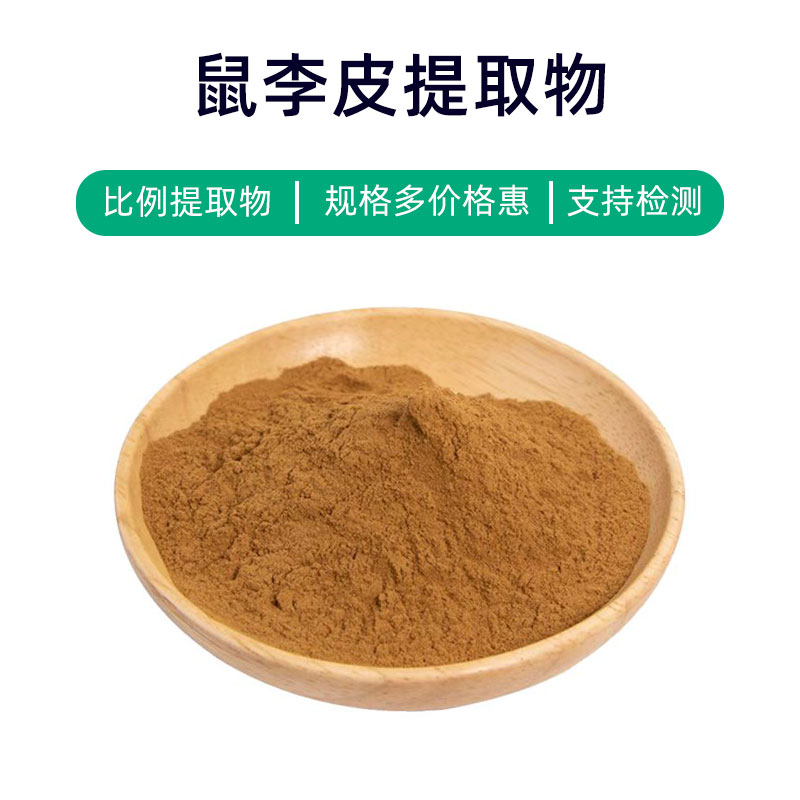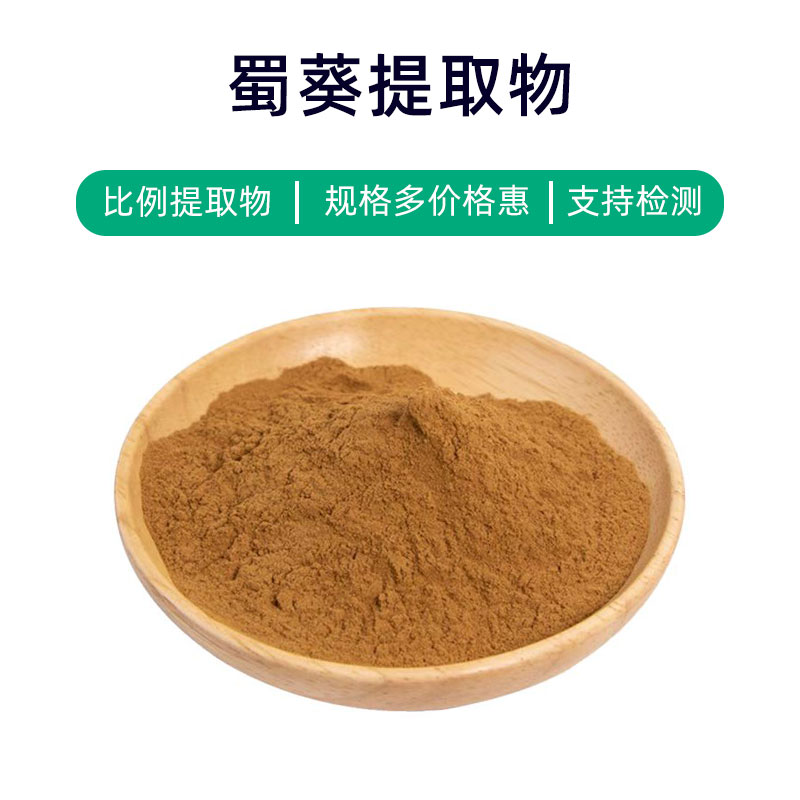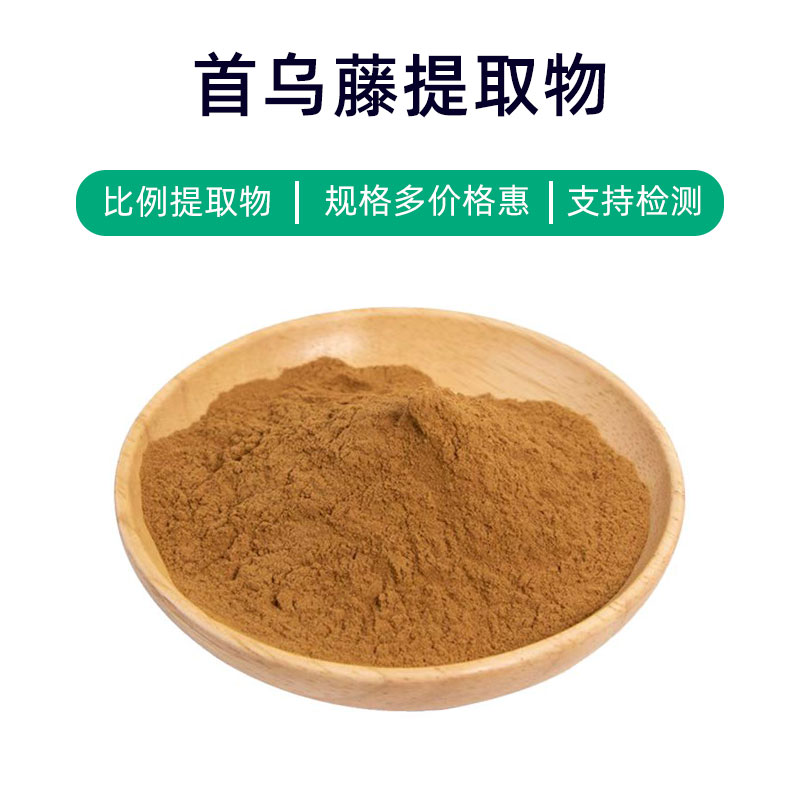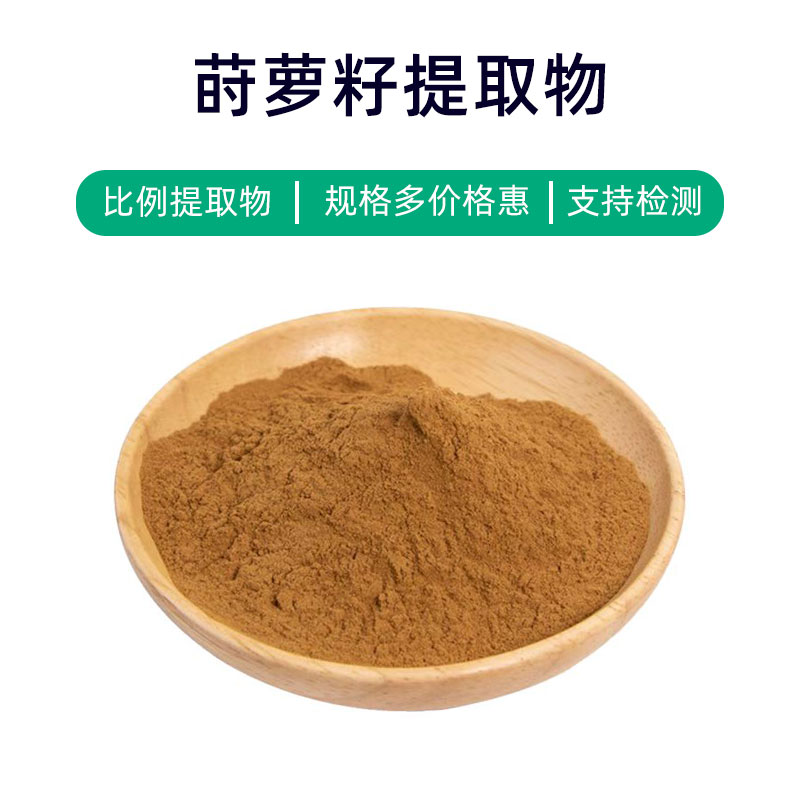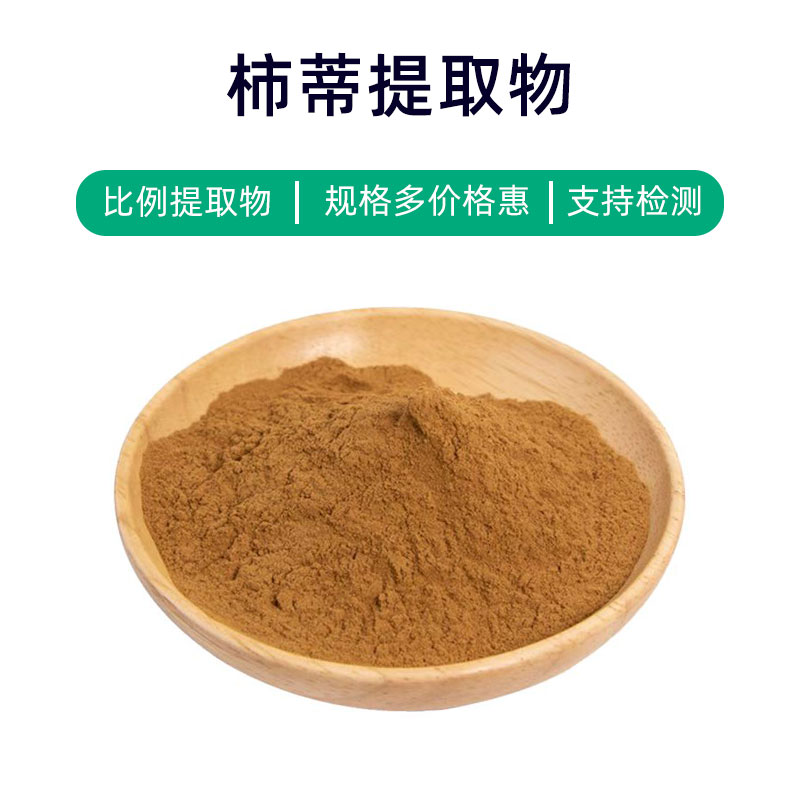Introduction to Costus Extract
Costus extract is a natural plant extract derived from the above-ground parts of the Costus plant (Elsholtzia ciliata). Its main components include volatile oils, flavonoids, and tannins, which provide various benefits and a wide range of applications.
Primarily, Costus extract is known for its antibacterial and anti-inflammatory properties, making it useful in treating infectious and inflammatory diseases. Its antibacterial effect helps inhibit the growth of bacteria and fungi, thereby reducing the risk of infections. Additionally, it has an anti-inflammatory effect that alleviates discomfort and symptoms caused by inflammation.
Moreover, Costus extract has detoxifying effects that can be used to address symptoms like colds and fevers. Its heat-clearing properties help lower body temperature and alleviate fever symptoms, aiding in the recovery process.
In the pharmaceutical field, Costus extract is frequently used in the formulation of oral liquids, granules, and topical patches to treat infectious diseases, inflammatory conditions, and colds. In food, it can act as a flavoring agent, adding a unique aroma and taste to products. In cosmetics, Costus extract is often found in skincare products, offering antibacterial, anti-inflammatory, and soothing benefits that help improve skin condition.
Overall, Costus extract is a multifunctional natural plant extract with significant application potential in medicine, food, and cosmetics.
Production Process of Costus Extract
The production of Costus extract involves several key steps:
- Plant Material Collection: Choose Costus plants growing in an unpolluted environment and collect the above-ground parts, including leaves, stems, and flower clusters. After collection, they should be washed and dried promptly to ensure the quality and purity of the raw materials.
- Extraction Process: The cleaned Costus plant material is then crushed into appropriately sized particles for extraction. Common methods include water extraction, alcohol extraction, and supercritical fluid extraction. Different extraction methods can affect the composition and quality of the extract.
- Filtration and Concentration: The resultant liquid from extraction is filtered to remove impurities, and concentration equipment is used to remove the solvent, resulting in a concentrated Costus extract.
- Purification and Separation: Further purification and separation of the concentrated extract are typically done using methods such as column chromatography and gel filtration to remove any remaining impurities and enhance the product's purity.
- Drying and Milling: The purified Costus extract is dried using methods such as spray drying or vacuum drying to reduce moisture content and improve stability. The dried extract is then milled to achieve the desired particle size.
- Packaging and Storage: The milled Costus extract is packaged in protective containers, commonly in aluminum foil bags or plastic barrels, to shield the product from external environmental influences. It should be stored in a cool, dry place, away from direct sunlight and high temperatures, to extend shelf life and stability.
These processing steps yield high-quality, highly pure Costus extract suitable for applications in medicine, food, and cosmetics.
Efficacy and Side Effects of Costus Extract
As a natural plant extract, Costus extract offers various benefits and effects in the fields of medicine, health supplements, and cosmetics, including:
- Anti-inflammatory and Antibacterial Effects: Rich in volatile oils and multiple bioactive components, Costus extract has notable anti-inflammatory and antibacterial properties, making it useful for treating skin inflammation and infections.
- Antioxidant Effects: Natural antioxidants in Costus extract can eliminate free radicals, reducing oxidative stress damage and helping to protect skin and cells from oxidative damage.
- Soothing and Calming Effects: Costus extract provides a calming effect that helps alleviate skin allergies, redness, and itching, promoting comfort.
- Moisturizing and Hydrating Effects: Natural moisturizing factors and plant oils in Costus extract can hydrate skin, enhance the skin barrier function, prevent moisture loss, and keep skin soft and supple.
- Whitening and Spot-Fading Effects: Active ingredients in Costus extract can inhibit melanin formation, reducing pigment deposits, thereby helping to brighten the skin and fade spots.
- Promotes Blood Circulation: Costus extract can boost local blood circulation, improve skin blood supply, and enhance skin tone, giving it a more vibrant and radiant appearance.
- Anti-aging Effects: Antioxidants found in Costus extract can slow down the skin aging process, minimizing the appearance of wrinkles and fine lines, and keeping skin youthful and healthy.
- Regulation of Oil Secretion: Costus extract helps regulate oil secretion, making it beneficial for controlling oily skin and reducing shine and acne formation.
Despite its various benefits, it's crucial to be mindful of individual differences and potential allergic reactions during use. Some individuals may be sensitive to components in Costus extract, resulting in symptoms like redness and itching. Therefore, a skin test is recommended before use, and if any discomfort occurs, discontinue use immediately and consult a qualified healthcare professional.
Applications and Dosage of Costus Extract
Costus extract has extensive applications in the fields of medicine, food, and cosmetics, with various uses and effects. Here are its applications and recommended dosages in different settings:
- Medical Field:
- Costus extract is often included in traditional medicine formulations, known for properties that dispel wind, alleviate pain, and detoxify. It can be made into topical applications to treat rheumatoid arthritis, injuries, and other conditions.
- Dosage: Typically, a suitable amount of Costus extract can be added to herbal preparations or formulated into topical ointments or patches, following a healthcare provider's guidance for usage.
- Food Industry:
- As a natural plant extract, Costus extract can be used as a flavoring agent, imparting unique aromas and tastes to food.
- Dosage: Add according to the type of food and personal taste, generally not excessive; suggested to control usage based on food recipes.
- Cosmetics Sector:
- With its antioxidant, anti-inflammatory, and moisturizing properties, Costus extract is common in skincare and makeup products.
- Dosage: Can be used as one of the active ingredients in creams, lotions, masks, and serums, following product guidelines or professional advice for application.
- Personal Care Products:
- Costus extract, with its fresh aroma, is often included in shampoos, body washes, and soaps, enhancing the bathing experience.
- Dosage: Use as per product instructions, typically applying an appropriate amount to wet skin or hair, gently massaging, then rinsing thoroughly.
- Fragrance Additive:
- Due to its unique scent, Costus extract is commonly used as a fragrance additive in perfumes and aromatherapy products, creating a pleasant ambiance.
- Dosage: Use based on personal preferences and product specifications, can be sprayed in the air or applied directly to the skin.
In summary, the application of Costus extract across various fields should be tailored to specific circumstances and product characteristics to avoid adverse effects from excessive or improper use. It is advisable to read product instructions carefully and choose usage based on personal situations and professional recommendations.
Overview of the Source Plant of Costus Extract
Costus (scientific name: Acorus tatarinowii Schott) is a perennial herbaceous plant belonging to the family Acoraceae. It typically thrives in wetlands, near water bodies, swamps, and streams, favoring moist environments. The following outlines the characteristics, distribution, and growing conditions of Costus.
- Plant Characteristics:
Costus features an underground rhizome with an average height of 30-80 cm. Its leaves are linear, and it usually flowers in the summer; the flower cluster forms a spike and is small and inconspicuous, displaying a pale yellow-green color. - Distribution:
Costus is native to regions of Northeast China, North China, Northwest China, and the Yangtze River basin, primarily found in wetlands, streams, lakes, and reservoir edges in these areas. It is also present in Russia's Far East, Korea, and Japan. - Growing Conditions:
Costus requires moist soil and is commonly found at the edges of water bodies, in swampy areas, and along riverbanks. It is cold-resistant, drought-tolerant, and shade-loving, thriving best in semi-shaded environments. - Reproductive Methods:
Costus reproduces mainly through the expansion of its underground rhizomes and through division. Its rhizomes spread and grow in the soil, allowing for rapid reproduction. Additionally, it can propagate through seeds, though the success rate is relatively low. - Growth Habits:
Costus has a long growth cycle and grows quickly in moist environments. The growing season typically spans spring to summer, entering dormancy in the fall and winter. It showcases strong resilience, surviving adverse conditions and capable of self-repair.
In summary, Costus is a perennial herbaceous plant that grows in moist environments and is widely distributed, particularly in the water and wetland areas of China and East Asia. Its strong ability to expand through underground rhizomes makes it an important component of wetland ecosystems.
Processing and Storage of Costus Extract
The processing of Costus extract includes the following steps: first, fresh Costus plants are harvested and undergo initial cleaning and treatment to remove impurities; then, the plant is cut or ground to increase extraction efficiency. Suitable extraction methods, such as water extraction, alcohol extraction, or supercritical fluid extraction, are then employed to obtain the active components from Costus. Lastly, the extract is refined through filtration, concentration, and drying to produce the final product of Costus extract.
For storing Costus extract, it is essential to keep it in a cool, dry place, protected from direct sunlight and high temperatures to prevent degradation and oxidation of its components. Additionally, it is advisable to use well-sealed containers to prevent moisture and air infiltration. Regular checks on the condition of the Costus extract should be conducted, with careful attention to moisture and mildew prevention to ensure its quality and stability. Finally, adding appropriate preservatives or antioxidants during production is recommended to extend the shelf life of Costus extract.
Monica Sun is a seasoned expert in the plant extraction industry with over a decade of experience in research and production. She specializes in the extraction and purification of plant active ingredients, focusing on driving innovation in natural product applications. Monica has participated in the development of multiple functional plant extracts, delivering high-value natural raw material solutions for the health food, pharmaceutical, and dietary supplement sectors.









